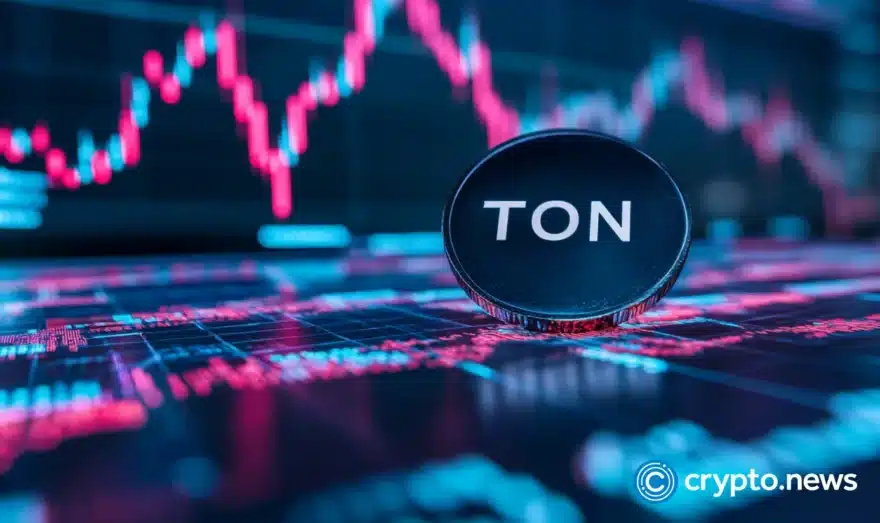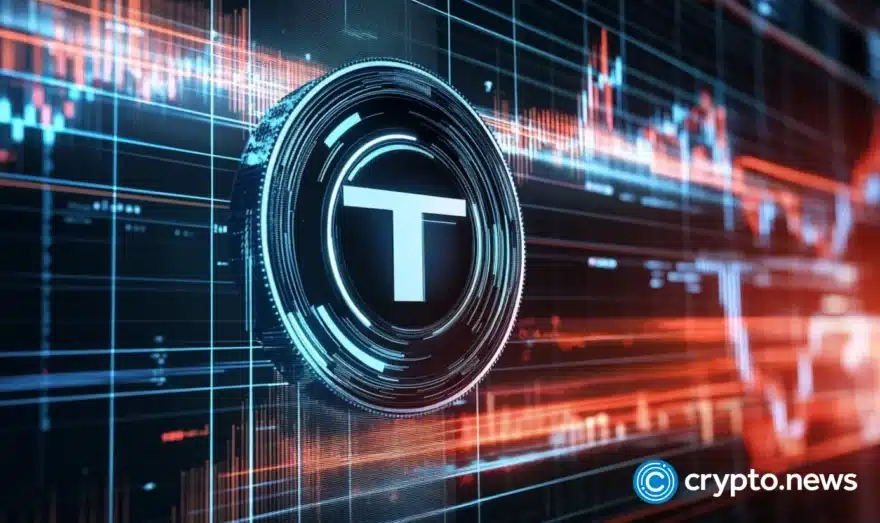Telegram’s new feature turns chat app into a digital marketplace: a game changer?

How is Telegram transforming its messaging app into a digital marketplace with the launch of Telegram Stars? Read on.
Imagine you’re using the messaging app Telegram not just to chat with friends but also to buy digital goods like e-books, online courses, or even in-game items. This has become possible with Telegram’s latest feature, Telegram Stars, launched on June 6.
Telegram, which sees over 400 million users interacting with bots and mini-apps monthly, has always been more than just a messaging app. People use it to buy products, access services, and play games.
With the new update, these bots and mini apps can now sell digital goods and services, too – from e-learning resources to digital art.
Telegram Stars can be bought through in-app purchases on Apple and Google platforms or via PremiumBot. Once you have these Stars, you can spend them on digital products offered by various bots. Telegram Stars comply with Apple and Google’s policies for digital sales, ensuring smooth transactions.
In the near future, developers will even be able to convert their earned Stars into Toncoin (TON), Telegram’s cryptocurrency, through Fragment, which can then be sold on exchanges or kept as investments.
To give you a bit of context, Telegram has long supported the sale of physical products via bots and mini apps, accepting payments from around the globe.
Now, with the addition of digital products, the platform has broadened its scope. Telegram also plans to enhance Stars further, introducing features like gifts for content creators.
What really is happening and why?
Let’s start with the economic side. Pavel Durov, Telegram’s CEO, mentioned that Apple and Google take a hefty 30% commission when users buy Stars from their platforms. However, Telegram has a clever solution.
Durov said Telegram will subsidize ads purchased with Telegram Stars. This means developers can offset the commission costs if they use their earned Stars to promote their apps within Telegram, effectively bringing the overall commission down to nearly zero.
In other words, launching and promoting apps on Telegram could be more cost-effective than on traditional mobile platforms.
This approach aligns with the recent boom in mini apps on Telegram. These mini apps have already made Telegram a go-to place for launching new applications. Durov even called it “unprecedented in the history of social media.”
To understand the potential impact, let’s look at some success stories within the Telegram ecosystem.
Notcoin (NOT), a popular app where users earn tokens by completing social challenges, amassed 35 million users in just five months. Similarly, Hamster Kombat, a crypto management simulation game, has gathered 60 million users since its launch in March.
Notcoin recently surged past a $2 billion market cap, making it the largest gaming token launched so far in 2024, and also one of the top 10 coins by market cap.
Both of these apps have leveraged Telegram’s platform to achieve rapid growth. With the introduction of Telegram Stars, the possibilities for new apps are even more promising.
Telegram has also been making strides in the crypto space. In April, they launched Tether (USDT) on the TON blockchain, aiming to drive more crypto adoption.
Soon, developers will be able to withdraw their earned Stars in TON, Telegram’s preferred cryptocurrency, through Fragment, Telegram’s marketplace for in-app usernames and advertisements.
Moreover, Toncoin itself has seen a gigantic rise. Just this past Wednesday, TON hit its highest price ever at $7.76, with a market cap nearing $18 billion, making it the 10th most valuable cryptocurrency.
The surge in TON is partly due to increased whale activity, with transactions over $100,000 spiking by 237.5% on June 3, just days before the launch of Telegram Stars.
What’s next for Telegram and its ecosystem?
Expect more mini-apps and even bigger user growth. With Telegram Stars lowering promotion costs, developers are likely to flood the platform with new and innovative apps.
Plus, as more users engage with these apps, the potential for earning and spending Stars will grow, creating a new type of marketplace.
We might also see a rise in the use of Toncoin. Given its recent price surge and the ease of converting Stars into TON, it’s likely to become even more popular.
All of this combined could lead to more partnerships and integrations within the crypto space, further cementing Telegram’s role in the digital economy.















